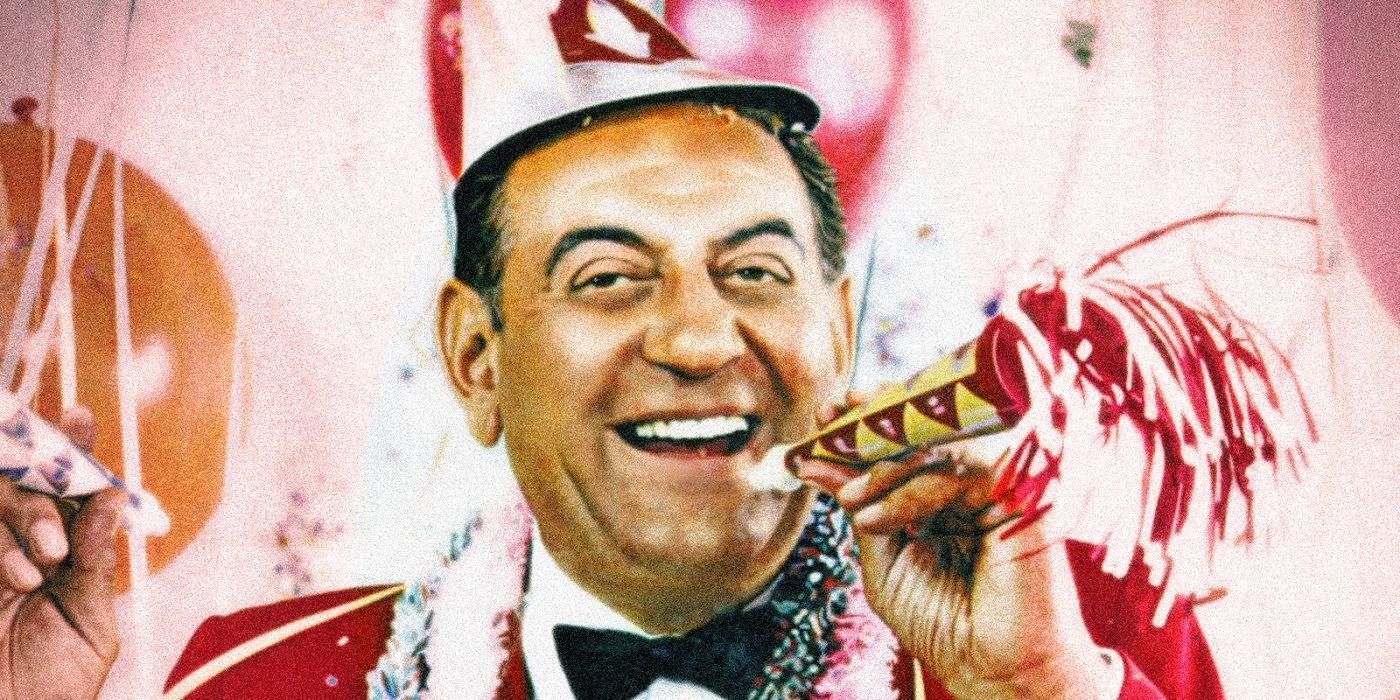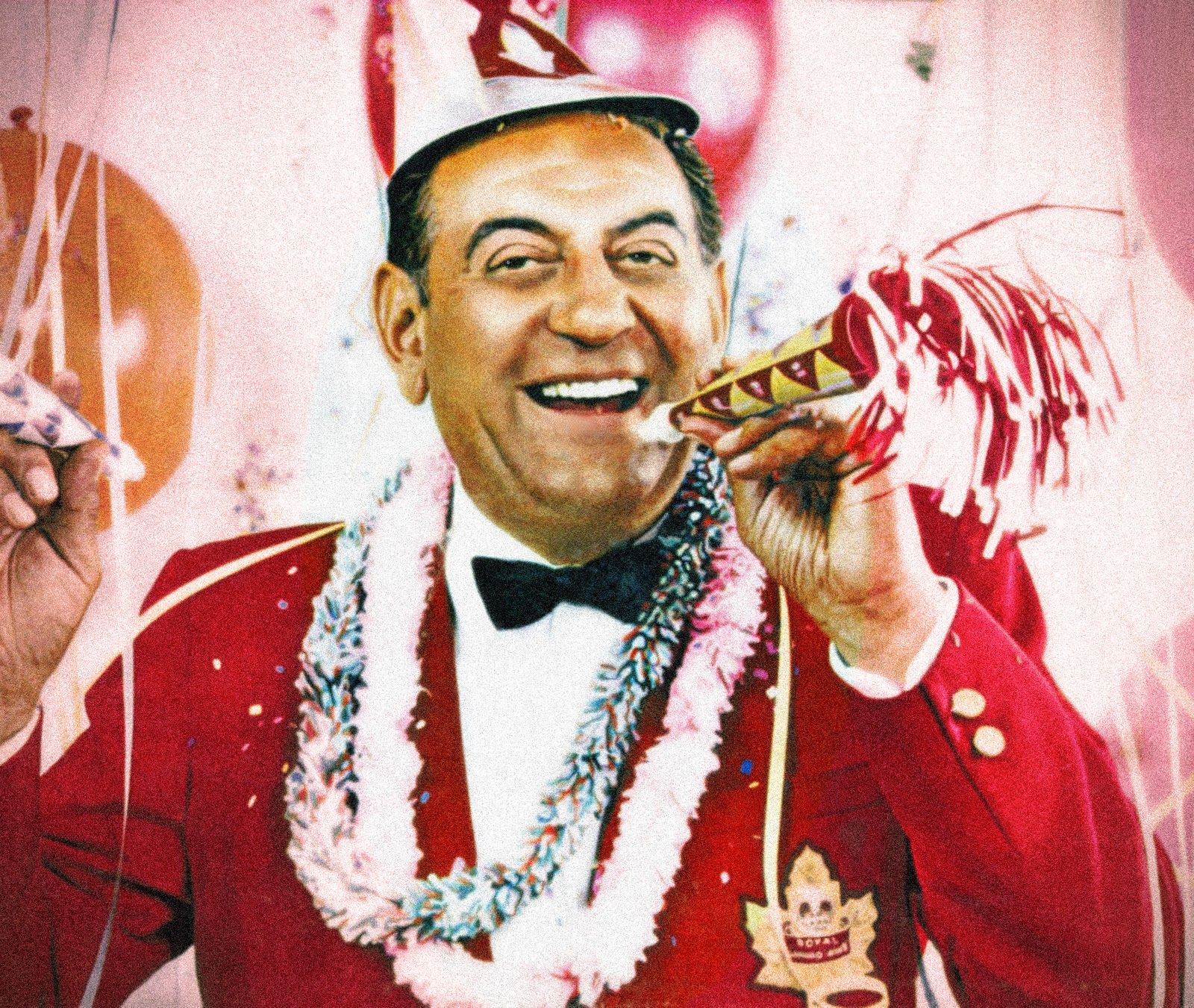RADIO/TV URBAN LEGEND: "Auld Lang Syne" became a New Year's Eve tradition because of its performance on a radio/TV broadcast for decades.
It's really amusing, honestly, how many of our most famous traditions originated in rather unspectacular fashion. For instance, playing "Sweet Caroline" at Boston Red Sox games has become a Fenway Park tradition, but its origins at Fenway were as simple as "the person in charge of the music at the park saw that other teams would play it a lot, so she copied them." On a much grander scale, that's roughly how the song "Auld Lang Syne" has become synonymous with New Year's Eve in the United States (and through the United States, much of the English-speaking world).
The song was first officially recorded in 1783 when the famous Scottish poet Robert Burns sent in the poem to a Scottish museum. He noted when he sent it in that it was mostly based on older Scottish songs, so while Burns often gets credit for writing the song, it is more likely that he should get credit instead for the specific arrangement that we now know today.
Anyhow, it became a popular Scottish song and it was soon used in a lot of different settings as a song to celebrate the end of something - a school year, a wedding, a funeral, all sorts of things. And so, yes, it would often get used at New Year's, as well, as that was the ending of the year. So its origins as a New Year's song go back to Scotland. However, there's a whole big difference between "Scottish song that became part of a New Year's tradition in Scotland" and the ubiquity that the song exists today. And that change was due to a Canadian band known as Guy Lombardo and the Royal Canadians.
Lombardo was from London, Ontario, a town founded by Scots, so he was well aware of Scottish history. When he and his band became a popular radio band in 1928, the song "Auld Lang Syne" was a song that that they had done a number of times. However, Lombardo later noted an amusing reason why it became part of their regular rotation of songs, "[o]ne of his radio sponsors was Robert Burns cigars, 'and seeing that Robert Burns wrote 'Auld Lang Syne,' we sort of incorporated that into our program."
So all throughout 1928, Lombardo and his band were a hit band on the radio. They got the chance to do a New Year's Eve show on the radio at the end of that year and they chose to use "Auld Lang Syne" as their closing song.
The following year, they were broadcast nationwide for the first time.
It then became their closing song in ALL of their New Year's Eve broadcasts. Here it is from 1939...
And here's a version from 1946 with vocalists...
Their show made the transition from radio to television in 1956 and it would continue until their final broadcast in 1976. Lombardo died in 1977, hence the show not continuing past then. Even before it officially ended, though, Lombardo's traditional show had begun to be upstaged by Dick Clark's New Years Rocking' Eve.
So yeah, in any event, the tradition of "Auld Lang Syne" being used on New Year's Eve is not even a hundred years old and yet it feels like it has been used forever, doesn't it?
The legend is...
STATUS: True
Be sure to check out my archive of TV Legends Revealed for more urban legends about the world of TV.
Feel free (heck, I implore you!) to write in with your suggestions for future installments! My e-mail address is bcronin@legendsrevealed.com.


